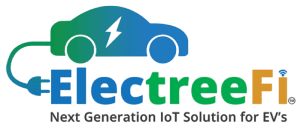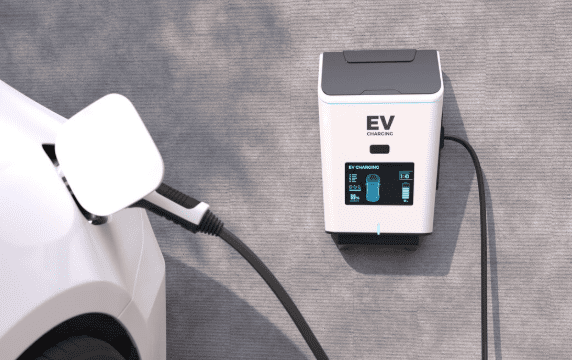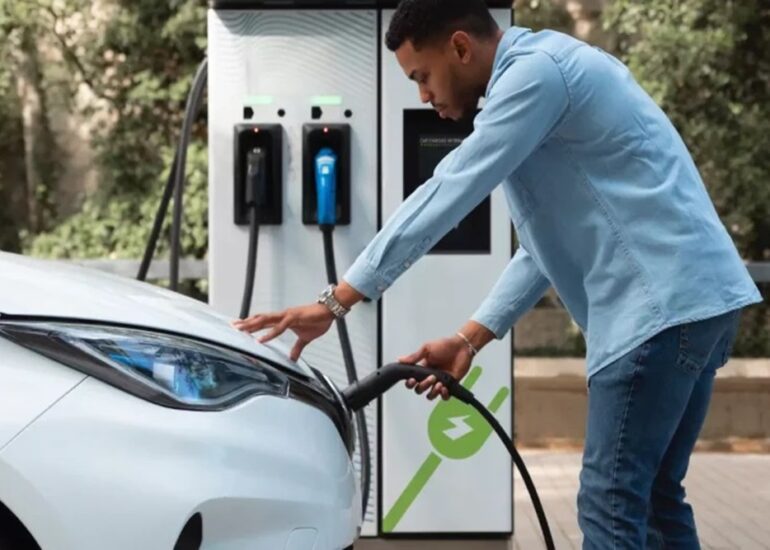Electric vehicles (EVs) are rapidly becoming mainstream and the infrastructure that supports them must evolve in tandem. One of the key enablers in this transformation is the adoption of open communication standards that make charging networks smarter, scalable and future-proof. At the forefront of this shift is the standard OCPP 2.0, and ElectreeFi is using it to build a next-generation charging ecosystem that meets the needs of EV owners, fleet operators, property developers and utilities alike.
Why OCPP 2.0 Matters
OCPP (Open Charge Point Protocol) has long established itself as the backbone of communication between EV chargers (charge points) and central management systems (CSMS). OCPP 2.0 takes this to a new level with enhanced security, richer data analytics, plug-and-charge capabilities, load-management integration, and greater interoperability.
For charging station operators, this means choosing a network based on OCPP 2.0 ensures vendor-independence (avoiding lock-in), scalability (adding new stations easily), and future-readiness (upgrading functionality over time). For EV users and fleets, it translates into seamless charging, better uptime, fewer breakdowns, and smarter utilisation of energy.
ElectreeFi’s Platform: Built for the Next Era
ElectreeFi’s charging solutions integrate OCPP 2.0 compliance at their core. Their cloud-based EV charging solution allows operators to manage stations from any OEM charger, thanks to true interoperability.
Key capabilities include:
- Vendor-agnostic compatibility: Since OCPP 2.0 is an open protocol, ElectreeFi’s CSMS works with multiple hardware brands, making deployments flexible and future-safe.
- Smart load management: With OCPP 2.0, ElectreeFi can balance energy usage across stations, optimise for off-peak tariffs, integrate renewables and avoid grid overloads.
- Enhanced security: The newer standard embeds encryption, certificates and remote diagnostic capabilities important in large public networks.
- Plug-and-Charge / seamless user experience: With OCPP 2.0, EV users can simply plug in and begin charging authentication and billing get handled automatically in the back end.
- Future-proof architecture: As EV charging evolves (bi-directional V2G, dynamic tariffs, digital services), this standard ensures your infrastructure can grow rather than become obsolete.
What This Means for Different Stakeholders
For Property Owners & Developers
Installing OCPP 2.0-enabled chargers via ElectreeFi means the property becomes EV-ready, tech-forward and attractive to tenants or guests. Whether it’s a residential complex, commercial building or mixed-use hub, you get a system that supports multiple charger brands, monitors usage centrally, and delivers real-time insights.
For Fleet Operators
Managing dozens or hundreds of EVs demands reliability, control and cost efficiency. ElectreeFi’s platform powered by OCPP 2.0 lets you monitor all chargers, analyse usage patterns, schedule charging at optimal times, and reduce energy spend. Downtime drops when remote diagnostics are built-in.
For Charge Point Operators (CPOs) & Utilities
Scaling a charging network requires consistent standards. With OCPP 2.0 compliance, ElectreeFi enables CPOs to expand effortlessly, integrate third-party hardware, manage tariffs dynamically and comply with grid demands. Utilities benefit from load-management and predictable usage profiles.
Building Smart Cities & Sustainable Mobility
As cities push toward intelligent mobility and decarbonisation, infrastructure must keep pace. The combination of OCPP 2.0 and ElectreeFi solutions helps realise this vision: networks that are connected, responsive and aligned with smart-grid initiatives. Renewable energy integration, demand-response compatibility and analytics-driven operations all become feasible in this ecosystem.
The Competitive Edge
In a crowded EV ecosystem, differentiation matters. Networks that are proprietary may limit choice and future upgrades. ElectreeFi’s use of OCPP 2.0 gives clients flexibility, access to innovations, and reduced risk of vendor lock-in. For businesses and property owners, that means long-term value and operational simplicity.
Getting Started: What to Consider
If you’re planning an EV charging deployment or upgrade, keep these steps in mind:
- Define your scale & use-case: Are you setting up a residential hub, commercial building, fleet depot or public station?
- Ensure OCPP 2.0-compliance: Choose chargers and software that support the standard not just OCPP 1.6 or older versions.
- Plan for integration: Will your site integrate with renewables, building management systems or grid demand-response?
- Vendor selection: ElectreeFi emphasises hardware-agnostic software, so you can select best-fit charger brands.
- Operational readiness: Platform analytics, monitoring, payment system, maintenance schedule all matter.
- Future-proofing: Make sure the architecture allows software upgrades, new features and hardware additions.
Conclusion
The EV transition is not a part-time project it’s an ongoing journey. Infrastructure built today must support the vehicles, demands and technologies of tomorrow. By adopting OCPP 2.0 and partnering with ElectreeFi, you’re choosing a path that is interoperable, scalable and future-ready. The future of intelligent mobility is already here and the right charging infrastructure will power it.
If you’re ready to build a charging network that isn’t outdated on day one, now’s the time to act.
FAQs
What is OCPP 2.0 and why is it important?
OCPP 2.0 is the latest version of the Open Charge Point Protocol an open standard that ensures EV chargers from different manufacturers can communicate with central management systems. It’s important because it provides interoperability, better security, smart-charging support and future-proof infrastructure.
How does ElectreeFi use OCPP 2.0 to benefit EV operators?
ElectreeFi builds its charging management platform around OCPP 2.0, enabling multi-brand hardware integration, load-balancing, real-time analytics, payment solutions and remote operations giving EV operators control, flexibility and scalability.
Can OCPP 2.0-enabled chargers work with existing infrastructure?
Yes. One of the key benefits of OCPP 2.0 is backward compatibility and vendor-agnostic communication. ElectreeFi’s platform supports retrofit or new-install chargers from various OEMs, facilitating upgrades without wholesale replacement.
What does “future-proof” mean in the context of EV chargers?
“Future-proof” means the infrastructure can accommodate upcoming technologies like vehicle-to-grid (V2G), renewable integration, dynamic pricing, advanced authentication and roaming services. By using OCPP 2.0, ElectreeFi ensures your charging network can evolve, not become obsolete.
Is OCPP 2.0 suitable for residential, commercial and fleet deployments?
Absolutely. Whether you’re deploying chargers for homes, apartment complexes, workplaces or fleet depots, OCPP 2.0 provides the flexibility and scalability needed across applications. ElectreeFi’s solutions cater to all such use-cases.





